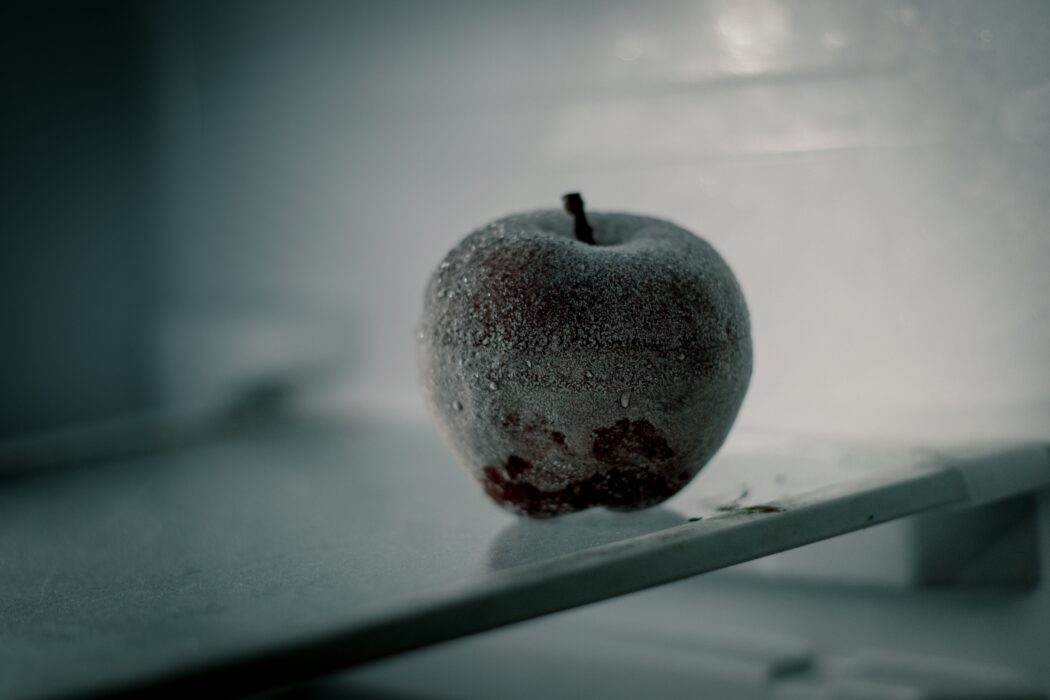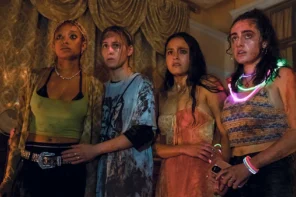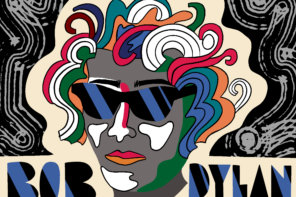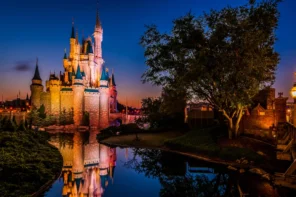The fairytale “Snow White” was first written by The Brothers Grimm in 1812. The tale is infamous: a beautiful girl runs from her evil stepmother, the Queen, into the forest, where she encounters the cottage of the seven Dwarfs. They take her in, and in exchange, she tends the home by cooking and cleaning for them. Snow White is too trustful for her own good and, on three separate occasions, falls for her stepmother’s wicked schemes until the last one is nearly fatal. At the end of the story, a mysterious prince shows up to save her. All is well for both the young princess and its animation adapter, Walt Disney.
Disney’s Snow White and the Seven Dwarfs was released in 1938, over a century after the original story was first published. It consisted of 1.5 million hand drawings done over three years, strung together with a beautiful musical accompaniment. Critics doubted Disney’s idea before its release, referring to it as Disney’s folly since they didn’t believe an animated film could keep the audience’s attention for so long. Despite its high cost, the film was a massive success. 76 years later, when adjusted for inflation, it remains among the top ten highest-grossing films of all time. This 1938 version of Snow White was made to represent a real person rather than a cartoonish, unalive figure that could be found in other animated works at that time. For the first time, people could watch something that was a truer representation of themselves on screen. To achieve this, Disney hired live actors for animators to reference in their drawings. The film also employed revolutionary camera techniques, using a multiplane camera to move around cells, mimicking movement and taking on different perspectives. Previous animated films had felt much more set face forward in the frame, which would have been more equivalent to looking straight at a book than reading it. They used sounds that exist naturally in the audience’s world to evoke their suspension of disbelief. It was monumental, showing the potential animated films had to portray stories beyond the limits of traditional animated and live-action movies. Watching Snow White became an entirely new kind of cinematic experience.
The new Snow White, which was released this March, contains many of the same cartoonish aspects that Disney first brought to life but has generated controversy for several creative choices.
Before Disney’s adaptation, several silent, live-action films of the fairytale existed. And now, nearly a century later, there’s been a new live-action release, following the trend of remaking animated classics. The new Snow White, which was released this March, contains many of the same cartoonish aspects that Disney first brought to life but has generated controversy for several creative choices. The film has been criticized for calling the Dwarfs “magical creatures,” casting a Colombian-American actress, Rachel Zegler, to play a character with skin “as white as snow,” and for comments made by the film’s producer towards Zegler herself. Ironically, despite criticisms about changing the race of Snow White, no one seems to have noticed the film’s remake of casting adults to play Snow White and the prince, while the original film portrayed Snow White as 14 years old, while the prince was 31.
Live-action adaptations often rely on pure nostalgia to draw people in who want to re-experience something they once loved or share with a new generation.
Live-action adaptations often rely on pure nostalgia to draw people in who want to re-experience something they once loved or share with a new generation. As such, when changes are made to these films, people may feel like someone is rewriting their childhood. So, these new movies must have another purpose outside of just drawing nostalgia because audiences can tell if it’s just a low-effort money grab. Oftentimes, that reason can be technological innovations that are meant to improve the movie-watching experience. There’s also a risk of doing this poorly, and Snow White falls into that trap. The hyperrealism of the Dwarfs made the movie-watching experience more uncomfortable than not, taking cartoon-like characters and making them overly literal and borderline bizarre. Other modern renditions of classic tales have succeeded at using CGI effectively, notably the 2016 live-action Jungle Book. The main problem with the new Snow White is that it hasn’t managed to do anything better than the other live-action princess movies before it—its songs, acting, and cinematography fail to distinguish themselves. Since it wasn’t the first (this time) or the best, it could never be more than mediocre for fans of the original version.
However, the intended audience for a Disney princess movie is children. The film contains songs, pretty costume designs, and cute animals. As a former child, I wouldn’t have cared about the actor’s political opinions or noticed that the Seven Dwarfs were renamed the “Seven Creatures.” If it had been my first exposure to the magical storyline of Snow White, I probably would’ve loved it. As long as the movie can spark children’s imaginations, I doubt it was as much of a failure as some reviews suggested. After all, as Disney proved to the movie industry decades ago, imagination is the only thing that matters.








